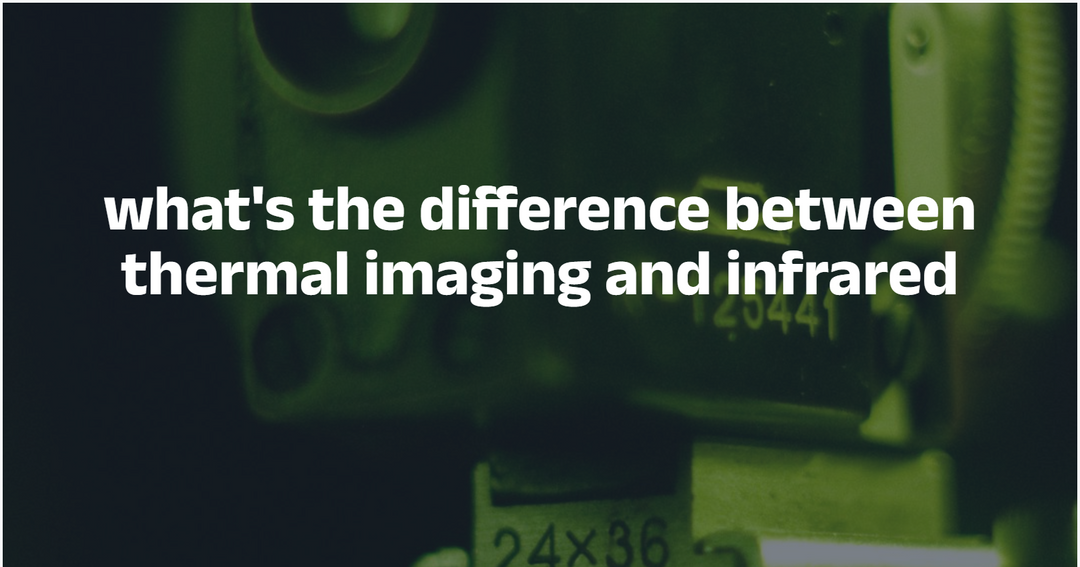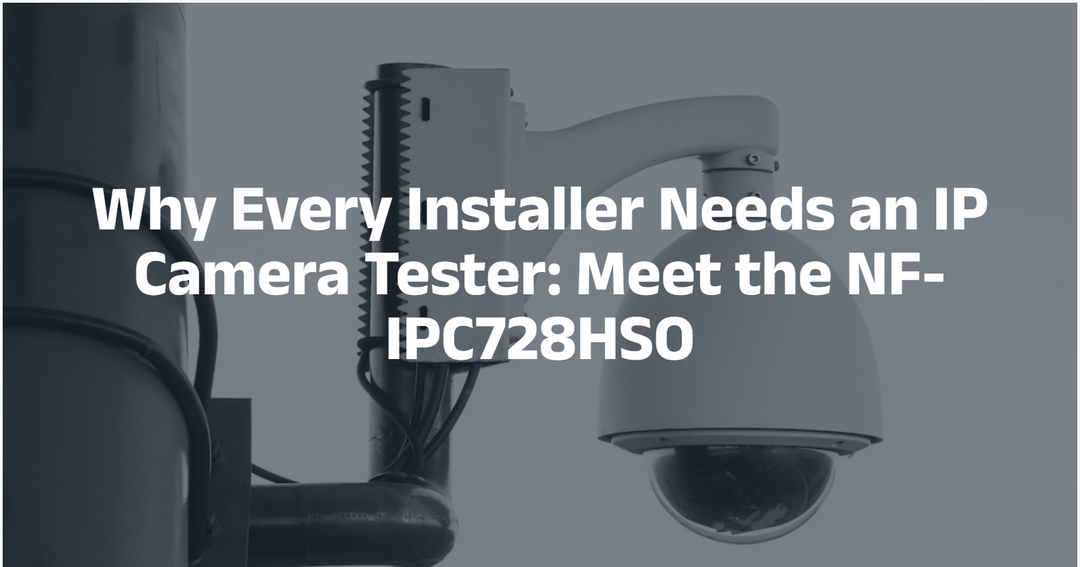Do Electric Screwdrivers Use Batteries too?
Introduction
In the United States, DIY projects at home on weekends are a popular hobby for many. Whether assembling new furniture, fixing household items, or tackling simple woodworking tasks, electric screwdrivers are go-to tools in many toolkits.

However, a common question arises among users: Do electric screwdrivers still need batteries? Today, we'll dive deep into this topic, explore the main uses of electric screwdrivers, their evolution, and different types.

However, a common question arises among users: Do electric screwdrivers still need batteries? Today, we'll dive deep into this topic, explore the main uses of electric screwdrivers, their evolution, and different types.
Table of Content:
- Part 1: Do Electric Screwdrivers Use Batteries Too?
- Part 2: The Evolution of Electric Screwdrivers
- Part 3: How Electric Screwdrivers Help in Daily Life
- Part 4: Recommend
Part1: Do Electric Screwdrivers Use Batteries Too?
Most Electric Screwdrivers Rely on Batteries
Yes, the majority of electric screwdrivers require batteries. Batteries provide the power needed to rotate the tool's head, enabling it to tighten or loosen screws efficiently.
While some older models are corded (plugging directly into a power outlet), battery-powered designs have become the norm, especially for portable tools, due to their convenience and mobility.
While some older models are corded (plugging directly into a power outlet), battery-powered designs have become the norm, especially for portable tools, due to their convenience and mobility.
Evolution of Battery Types
Early electric screwdrivers used nickel-cadmium (Ni-Cd) batteries, which were durable but had drawbacks like memory effect (requiring full discharge before recharging) and environmental concerns due to heavy metals.
As technology advanced, nickel-metal hydride (Ni-MH) batteries gained popularity. They offered reduced memory effect, higher capacity, and lower environmental impact compared to Ni-Cd.
As technology advanced, nickel-metal hydride (Ni-MH) batteries gained popularity. They offered reduced memory effect, higher capacity, and lower environmental impact compared to Ni-Cd.
Today, lithium-ion (Li-ion) batteries dominate the market. According to a 2024 report by Grand View Research, Li-ion batteries account for over 70% of the global electric tool battery market—a share that continues to grow.

These batteries are favored for their lightweight design, high capacity, absence of memory effect, and fast charging capabilities. For example, a 2000mAh Li-ion battery can power an electric screwdriver for several hours at moderate torque, sufficient for most household and small-scale projects.

These batteries are favored for their lightweight design, high capacity, absence of memory effect, and fast charging capabilities. For example, a 2000mAh Li-ion battery can power an electric screwdriver for several hours at moderate torque, sufficient for most household and small-scale projects.
Battery Replacement and Charging
Most electric screwdrivers feature removable batteries, allowing users to swap in a charged spare when power runs low. Charging is straightforward: simply place the battery in the included charger and connect it to a power source. Li-ion batteries typically take 1–3 hours to fully charge, depending on capacity and charger wattage.
Part2: The Evolution of Electric Screwdrivers
The story of electric screwdrivers begins in the early 20th century. Early models were large and simplistic, primarily used in industrial settings to boost screw-tightening efficiency. As motor and battery technologies advanced, these tools became smaller, lighter, and more feature-rich.
By the mid-20th century, with the rise of the home DIY market, electric screwdrivers entered households, becoming essential toolkit staples. Designers prioritized portability and user-friendliness, introducing features like non-slip handles and variable speed controls.
The 21st century brought smart technology to electric screwdrivers. High-end models now offer intelligent torque adjustment, automatically adapting to screw material and size to prevent damage.
Bluetooth-connected versions allow users to monitor battery life and torque settings via mobile apps, enhancing convenience and control.

The 21st century brought smart technology to electric screwdrivers. High-end models now offer intelligent torque adjustment, automatically adapting to screw material and size to prevent damage.
Bluetooth-connected versions allow users to monitor battery life and torque settings via mobile apps, enhancing convenience and control.

Different Types of Electric Screwdrivers
Mini Electric Screwdrivers
Compact and portable, mini electric screwdrivers are ideal for home use and small DIY tasks. Weighing just a few hundred grams, they’re comfortable for extended use without fatigue. With lower torque (typically 1–5 N·m), they excel at tightening small screws—perfect for furniture assembly, electronics repair, or installing curtain rails.
Case Study: John, a homemaker in the U.S., used to struggle with manual screwdrivers for small repairs and furniture assembly, finding them time-consuming and inefficient. Since switching to a mini electric screwdriver, she completes tasks with ease: “It’s a game-changer for homemakers! It makes my daily chores so much simpler and faster.”
Electric Torque Screwdrivers
Designed for industrial and professional repair settings, electric torque screwdrivers offer precise torque control. They tighten screws to a preset torque value, ensuring uniform fastening and preventing damage from over-tightening or under-tightening. With a wider torque range (5–100 N·m or higher), they handle various screw sizes and materials.
In industrial applications, they’re indispensable. For example, in automotive manufacturing, critical components like engines and transmissions require exact torque to ensure safety and reliability.
A leading car manufacturer reported that using electric torque screwdrivers increased screw-tightening accuracy from 95% to over 99.5%, significantly reducing defective products.
A leading car manufacturer reported that using electric torque screwdrivers increased screw-tightening accuracy from 95% to over 99.5%, significantly reducing defective products.
Other Types
- Cordless Electric Screwdrivers: Battery-powered tools emphasizing portability, as discussed earlier.
- Pneumatic Electric Screwdrivers: Powered by compressed air, these are used in high-torque scenarios like heavy machinery repair.
Part3: How Electric Screwdrivers Help in Daily Life
Home DIY Projects
Electric screwdrivers are indispensable for home enthusiasts. They streamline screw-related tasks, saving time and effort during furniture assembly, curtain installation, appliance repair, or woodworking.

For instance, assembling a complex bookshelf that once took hours can now be done in minutes, letting you enjoy the DIY process without the hassle.

For instance, assembling a complex bookshelf that once took hours can now be done in minutes, letting you enjoy the DIY process without the hassle.
Professional Repairs
For technicians, electric screwdrivers boost efficiency and precision—critical in electronics or mechanical repair where overtightening can damage delicate components.
Torque-controlled models ensure consistent, safe fastening, while portability allows work in various locations without being tethered to a power outlet.
Torque-controlled models ensure consistent, safe fastening, while portability allows work in various locations without being tethered to a power outlet.
Industrial Production
In manufacturing, electric screwdrivers enable automated, high-speed assembly, reducing labor costs and improving output consistency.
Integrated into production lines, they follow programmed torque settings to ensure every screw is fastened correctly—vital for quality control in electronics assembly, where precision directly impacts product reliability.
Integrated into production lines, they follow programmed torque settings to ensure every screw is fastened correctly—vital for quality control in electronics assembly, where precision directly impacts product reliability.
Part4: Recommended: NOYAFA NF-N30 Electric Screwdriver
Perfect for American households and small DIY projects, the NOYAFA NF-N30 stands out for its performance and usability:
Key Features
- Battery Technology: Equipped with a 350mAh Li-ion battery, offering 2+ hours of continuous use on a full charge and fast recharging (1.5–2.5 hours).
- Torque Control: 24 Strong Magnetic Bits, letting you match screw size and material—no more stripped screws or damaged surfaces.
- LED Work Light: Illuminates dark work areas, enhancing accuracy in tight or poorly lit spaces.
Portability & Ergonomics
Weighing just 57g and designed with a contoured, non-slip grip, it’s comfortable for prolonged use. The included carry case makes storage and transport a breeze, whether for home use or on-the-go projects.


User Reviews
- Tom: “The most convenient mini screwdriver I’ve ever used! Long battery life and adjustable torque make furniture assembly a breeze.”
- Sarah: “The LED light is a genius addition for working in tight, dark corners. Great value for the price—highly recommend!”
Data Visualization: Battery Type Market Share Evolution
|
Battery Type
|
2019 Market Share
|
2024 Market Share
|
|
Nickel-Cadmium (Ni-Cd)
|
15%
|
5%
|
|
Nickel-Metal Hydride (Ni-MH)
|
25%
|
20%
|
|
Lithium-Ion (Li-ion)
|
60%
|
75%
|
Source: Grand View Research (2024)This chart clearly shows Li-ion’s rise to dominance, driven by superior performance and user-friendly features.
Case Studies
Home User Success Story
Emily, a busy mom in the U.S., used to dread assembling her kids’ toys and furniture with a manual screwdriver—often spending hours and damaging screws. The NOYAFA NF-30 transformed her experience: “Now I finish toy assembly in no time, and the kids are thrilled. It’s a must-have for every home!”
Industrial Efficiency Gain
A small electronics factory struggled with inconsistent screw tightening, leading to high defect rates. After adopting electric torque screwdrivers, their defect rate dropped by over 80%, improving product quality and saving thousands in rework costs.
Authoritative References
- Grand View Research. (2024). Electric Tool Battery Market Size, Share & Trends Analysis Report By Battery Type, By Product, By Region, And Segment Forecasts, 2025–2030.
- Smith, J. (2023). A Study on the Performance of Electric Screwdrivers in Industrial Assembly. Journal of Mechanical Engineering, 45(2), 123–135.
Content Review Statement
This article was reviewed by Jack Mass, a certified expert in electric tools with 10 years of industry experience, to ensure technical accuracy and practical relevance.
By now, you should have a clear answer to whether electric screwdrivers need batteries—and a deeper understanding of their uses, evolution, and types.
Whether you’re a DIY enthusiast, professional repairer, or industrial user, electric screwdrivers simplify tasks and boost efficiency. If you’re in the market for a reliable, user-friendly option, the NOYAFA NF-30 is ready to become your new workshop companion.
Whether you’re a DIY enthusiast, professional repairer, or industrial user, electric screwdrivers simplify tasks and boost efficiency. If you’re in the market for a reliable, user-friendly option, the NOYAFA NF-30 is ready to become your new workshop companion.




